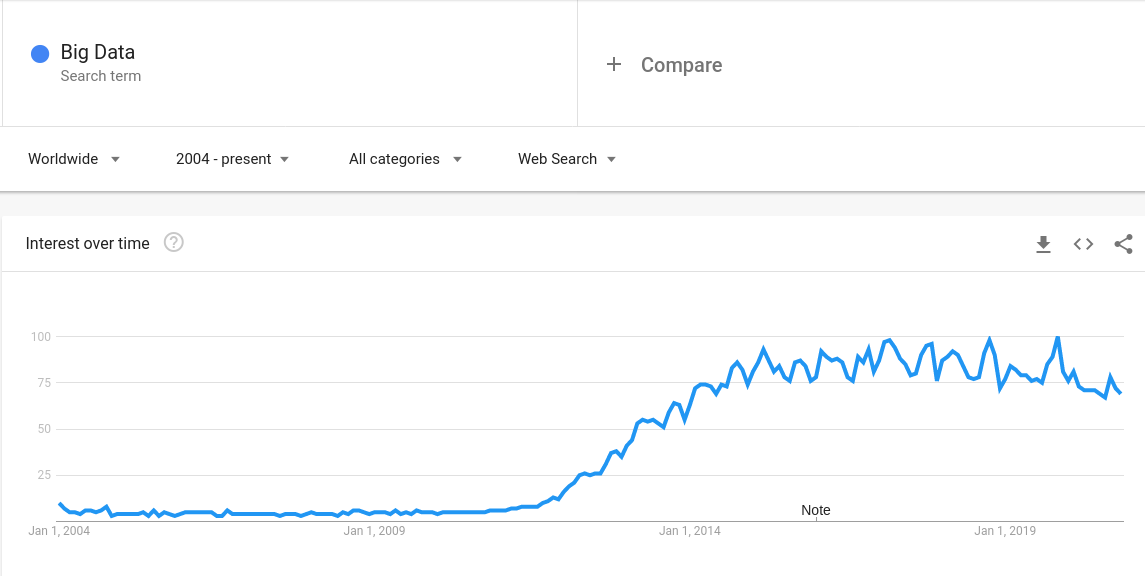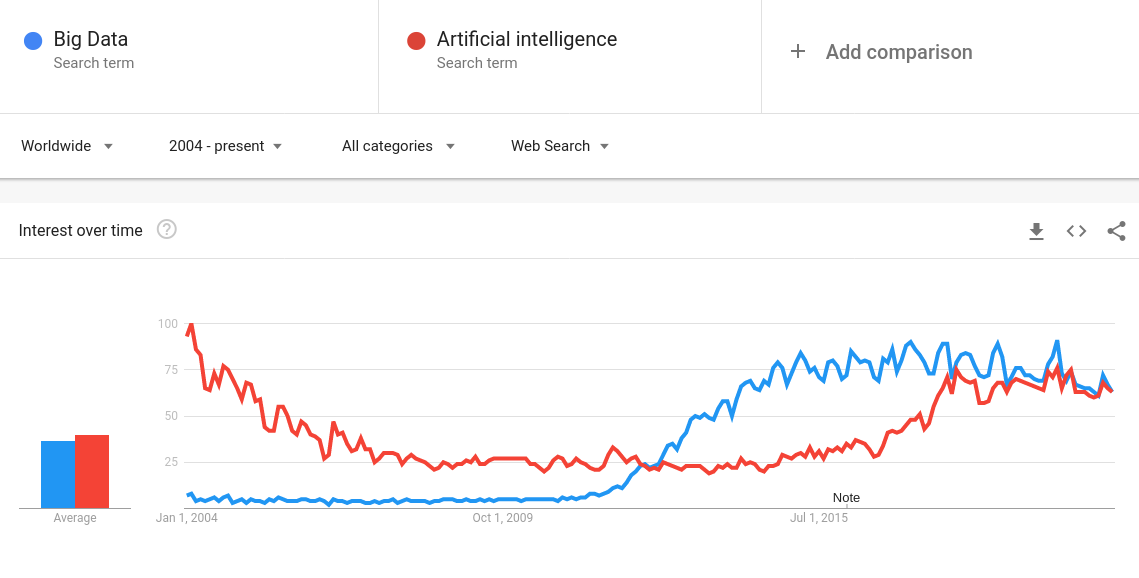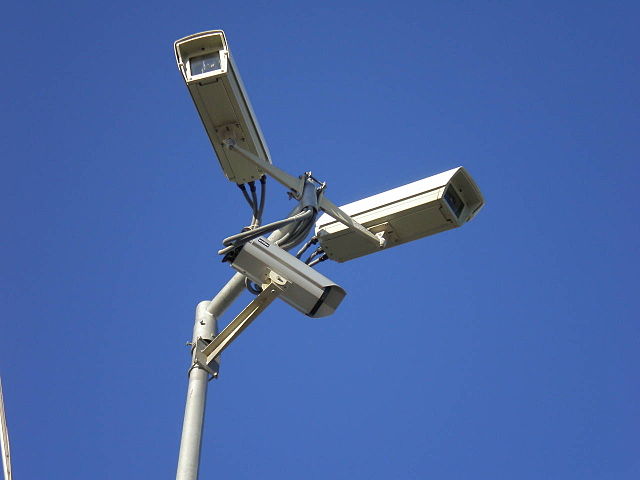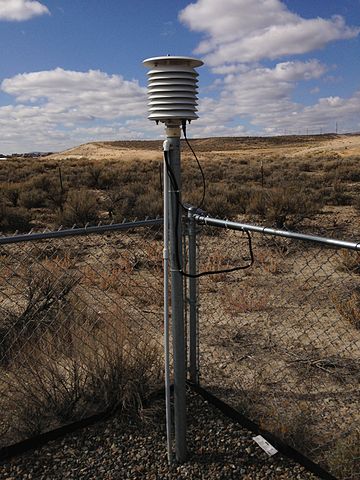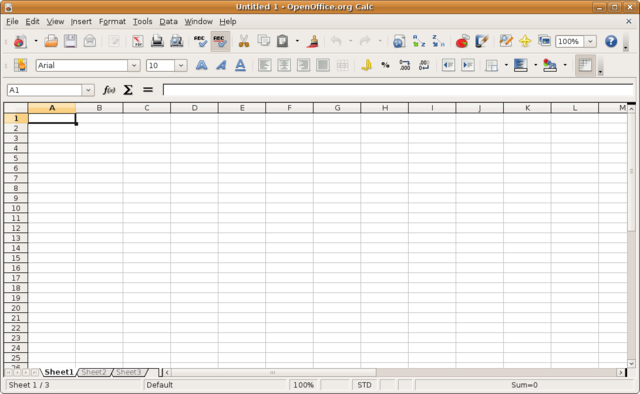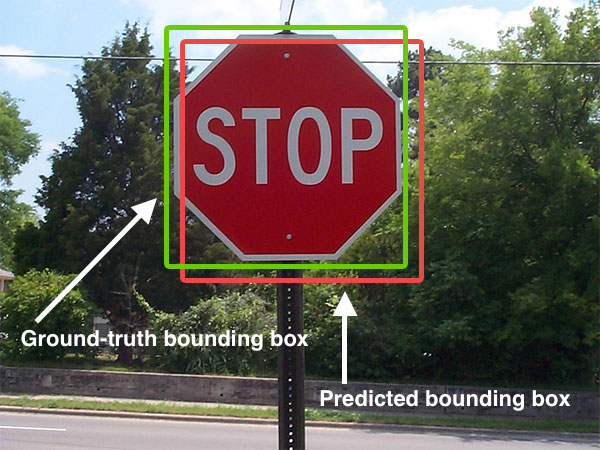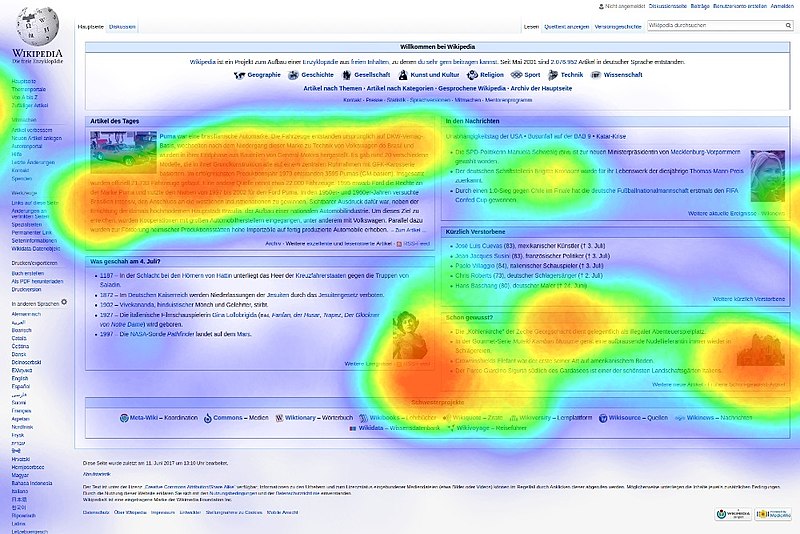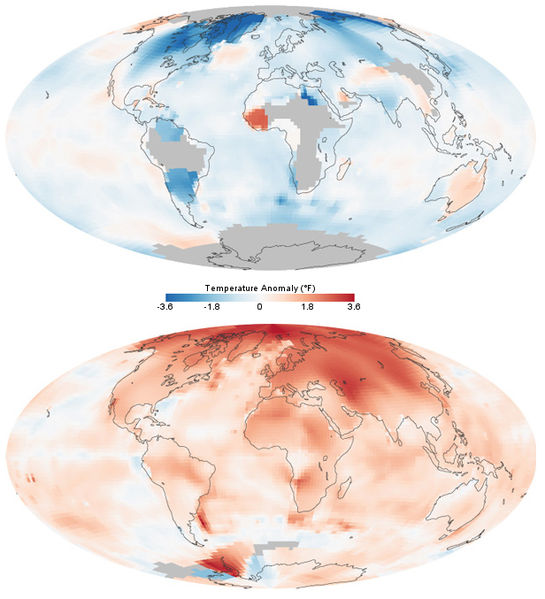Data Science for Chemists
IPL Summer School, CPE Lyon
1. Introduction to Data Science
John Samuel
CPE Lyon
Year: 2023-2024
Email: john.samuel@cpe.fr

Sundials are a testament to the scientific ingenuity of antiquity. They influenced the subsequent development of astronomical instruments.


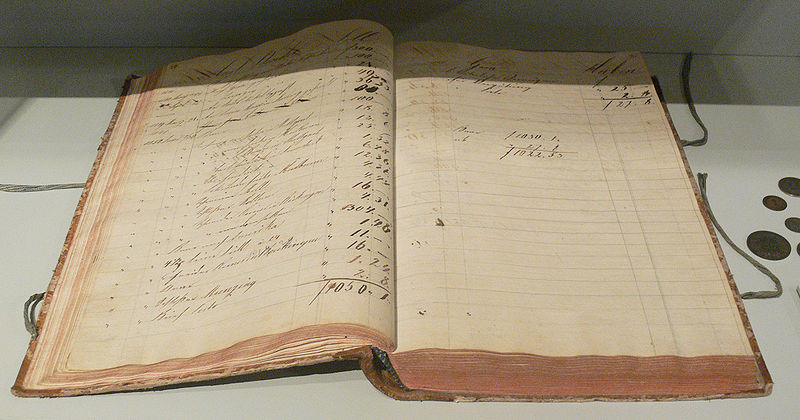


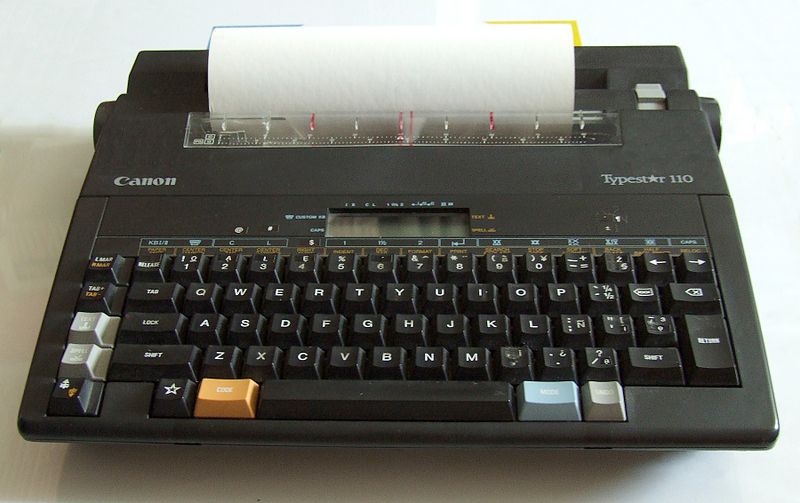
Partial Automation: Reduction of manual tasks in data entry.
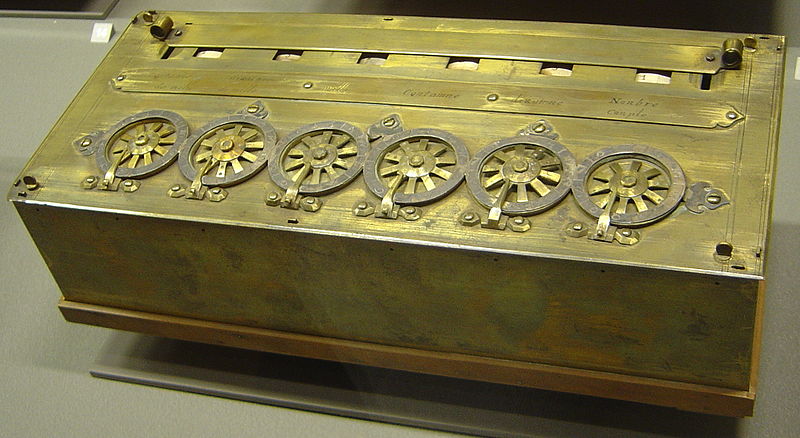
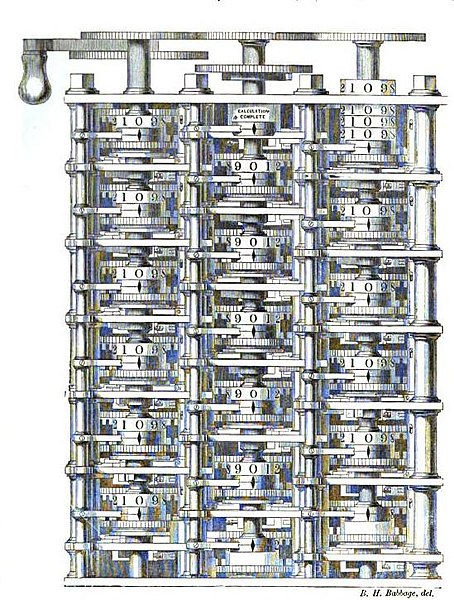
Automation of Calculations: Reduction in the time required to perform complex calculations.
Scientific Advances: Facilitation of scientific research through more efficient calculation tools.
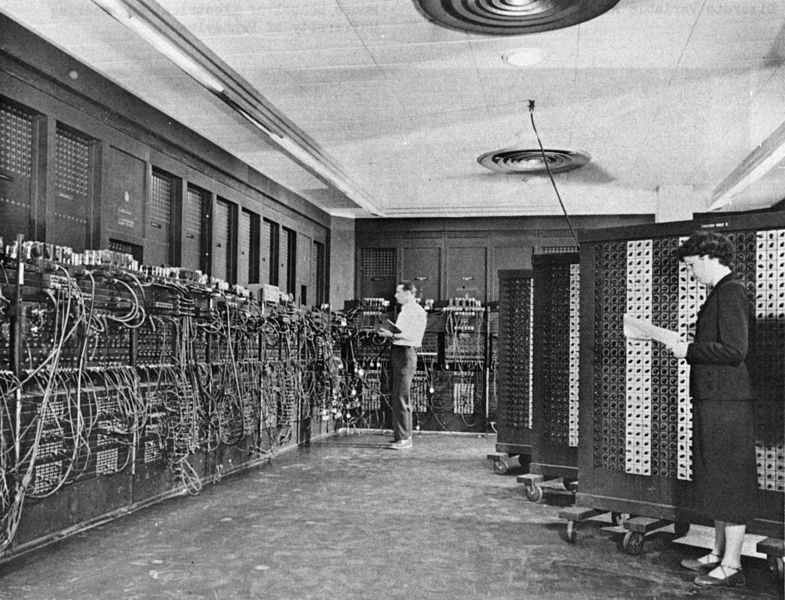

Democratization of Computing: Transition to widespread accessibility and use of computers.
Predecessors of Current Technologies: Foundation of modern computer systems.
Data Output: Facilitation of visualization of processed information.
Commercial Use: Widely adopted in professional environments.
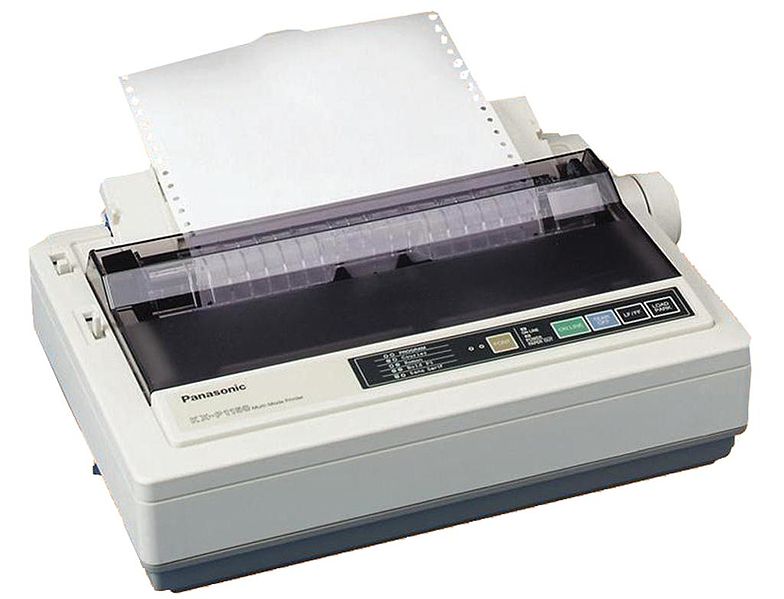
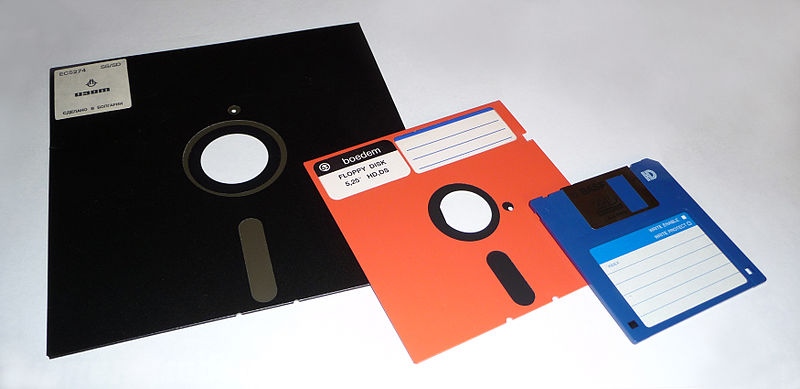
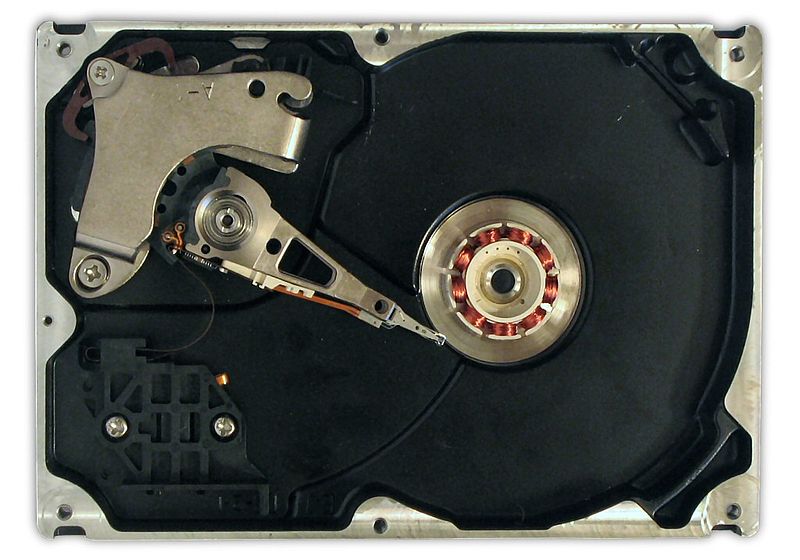
Portable and Massive Storage: Floppy disks for portable data and massive permanent storage.
Servers: Impact on data storage methods and contribution to centralized data management.
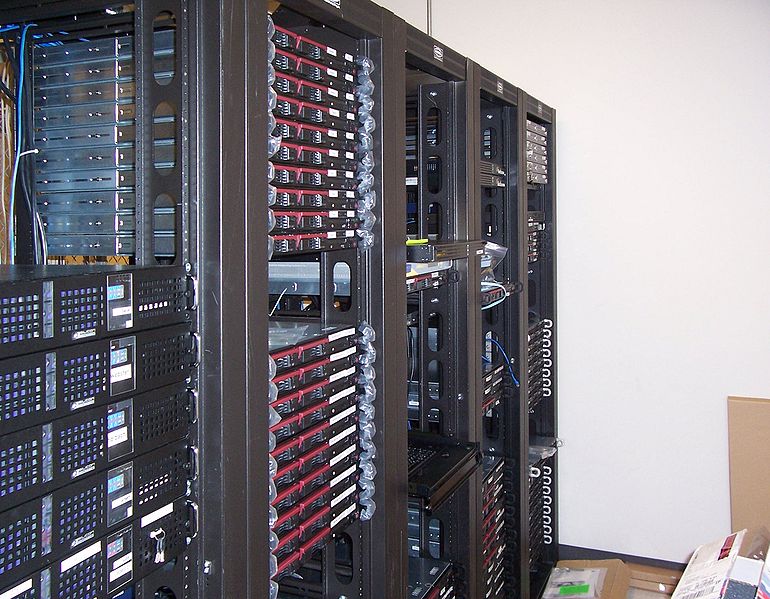
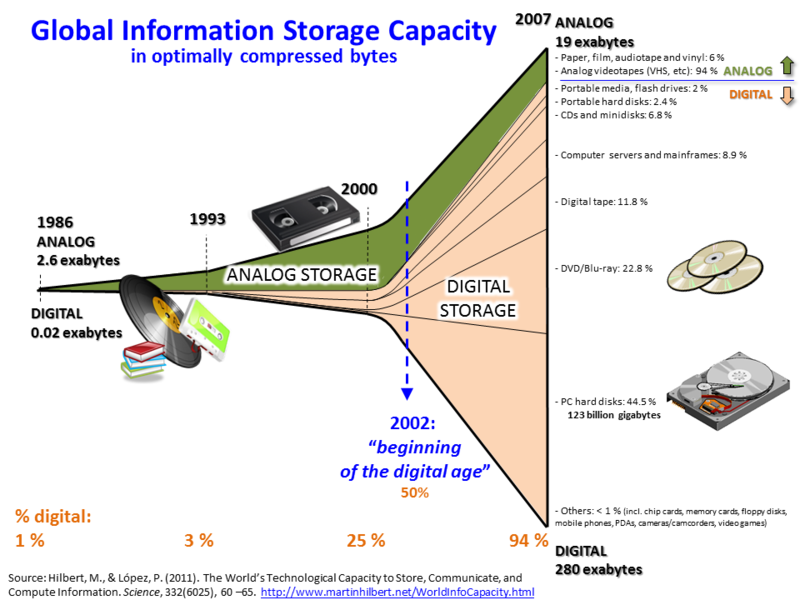
The following projects have utilized the processing power of personal computers for various purposes:
